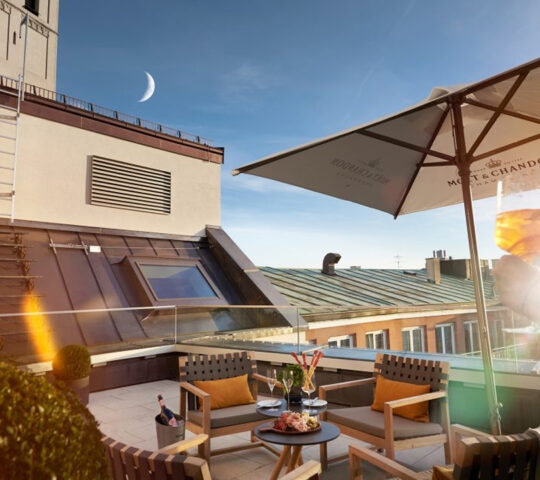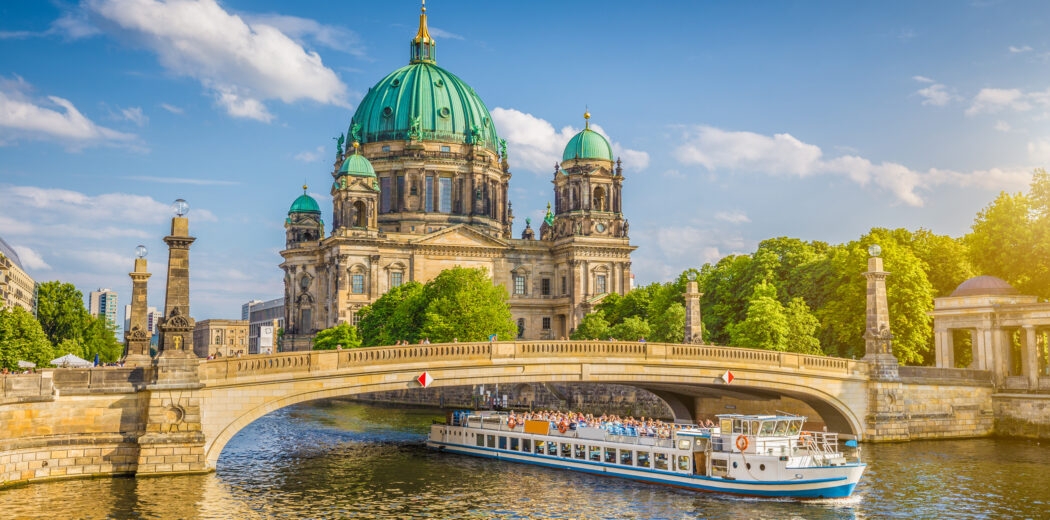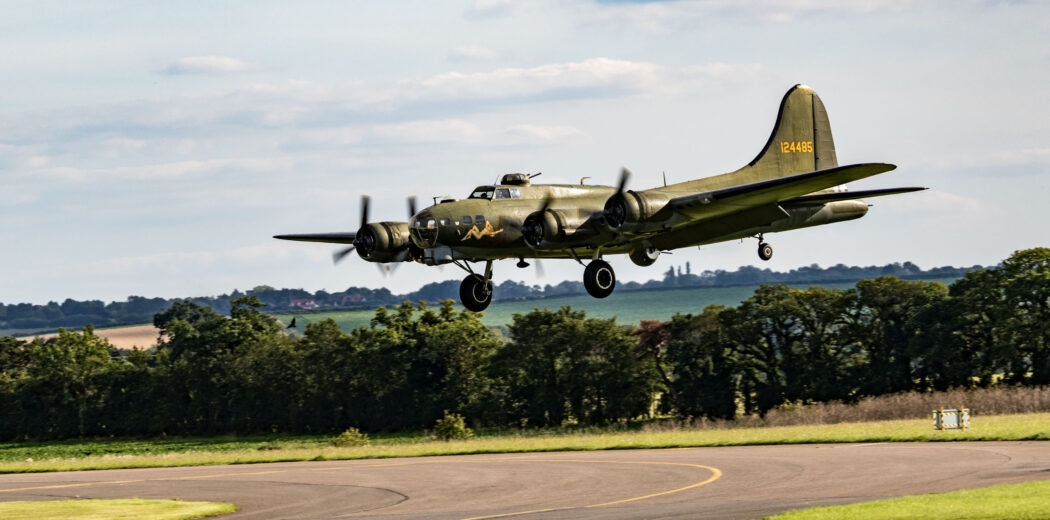Germany at a Glance
Kick off your adventure in Berlin, delving into its intriguing past and marvelling at significant landmarks, such as the remains of the Berlin Wall and the Reichstag. Then make your way to Potsdam, a city on the edge of Berlin and a UNESCO World Heritage Site, to wander around the Rococo-style Hohenzollern Sanssouci Palace. After exploring Bavaria, with its castles and small hillside villages, you’ll take a scenic drive to Munich, known as the ‘city of art and beer’. Explore its castles and array of art through one of the city’s most loved museums.
Highlights
- Discover Berlin's famous landmarks on a guided exploration
- Enjoy a visit to the enchanting Neuschwanstein Castle
- Wander around Munich's architectural highlights
- Explore the beautiful town of Potsdam
Bespoke trips with Jacada
We design one-of-a-kind journeys incorporating luxury in all its forms. Our bespoke trips include:
- Luxury accommodation throughout
- Privately guided tours
- Private transfers
- Meticulously selected experiences
- Expertise and support from your Jacada Concierge

Itinerary in detail
Every Jacada trip is tailored to your personal preferences and interests. Below you’ll find a sample itinerary to inspire your own custom-designed journey.
Days 1–4
Three nights in Berlin
Set on either side of the Spree River, Berlin is a reunified and welcoming metropolis. Regarded as one of Europe’s top start-up capitals and home to a profusion of festivals, museums, art galleries and theatres, this city is bound to appease with its easy-going Bohemian outlook and assortment of enthralling sights.
During your time here you can also meet with a professional journalist who will personally guide you through ‘her Berlin’, discovering the places that inspire her as she shares some special stories.

Highlights of Berlin
History
Palaces and gardens
Exploring the city

The Berlin Wall
Visit the Berlin Wall Memorial, situated at the historic site on Bernauer Strasse. You will also be able to stop at the East Side Gallery, a 1.3 km section of the old Berlin Wall.
Furthermore, you can visit the North Bahnhof, also called the Ghost station, and make a stop at Checkpoint Charlie, the best-known border crossing and famous film setting for spy movies.

A walk through Potsdam
Enjoy a walking tour through the town of Potsdam. Its Dutch quarter is the largest preserved settlement in the Dutch style outside of the Netherlands.
You can then visit the Rococo-style Hohenzollern Sanssouci Palace, located in the Sanssouci Park, along with Cecilienhof Palace. Here, in summer 1945, world history was made when representatives of the three main allies of World War II met here for top-level discussions on the restructuring of Europe and the future of Germany.

A guided tour of Berlin
Enjoy a guided exploration of Berlin’s best sights. Your guide will lead you through former East and West Berlin, weaving the story of the city’s history and how life was during the Wall’s existence. You will pass by the most important sights of Berlin, such as the Reichstag, Brandenburger Tor, Potsdamer Platz, Hakesche Höfe and Checkpoint Charlie.
You can also visit the East Side Gallery, a former section of the Berlin Wall, where artists after its fall have turned it into the largest open-air gallery in the world with over one hundred paintings.
Days 4–5
An overnight in Bavaria
In Bavaria, quaint villages nestle between green-carpeted hills, surrounded by flowering meadows and distant snow-dusted peaks. Cobbled streets wind lazily through towns and rivers gurgle beneath time-worn stone bridges. Bavaria truly is a fairy-tale destination with so many incredible things to do.

Where you could stay
Neuschwanstein Castle

Neuschwanstein Castle is a 19th-century Romanesque Revival palace on a rugged hill above the village of Hohenschwangau near Füssen in southwest Bavaria. The palace was commissioned by Ludwig II of Bavaria as a retreat and homage to Richard Wagner, and has appeared prominently in several movies. It was also the inspiration for Disneyland’s Sleeping Beauty Castle.
Overland adventure from Neuschwanstein to Munich

Explore Bavaria’s other historical buildings alongside the neighbouring castle of Neuschwanstein, Hohenschwangau. Continue on through the Bavarian countryside, making a few more stops. The famous Wieskirche, in particular, will blow your breath away as it’s an architectural masterpiece.
Here you can sit down to enjoy a typical Bavarian lunch at a restaurant, which is favoured by the locals. Your last stop of the day will be the old monastery church, Rottenbuch.
Days 5–7
Two nights in Munich
Germany’s third-largest city and the bustling capital of beautiful Bavaria, Munich is one of Europe’s most exciting, artistic and historic cities. Located in Bavaria’s south on the River Isar, the city is often referred to as the ‘City of Beer and Art’, and its culinary heritage and rich portfolio of cultural attractions are characteristics that every visitor will come to appreciate during their time in Munich.

Where you could stay
Highlights of Munich
Markets and gardens
Art and museums

An immersion into Munich
Enjoy a typical sausage ‘weißwurst’ at the Victualien market and stroll around all the stands with vegetables, cheese and flowers, as the bells of the two-tier glockenspiel (carillon) peel out across the market at midday.
The next exciting stop is the castle Nymphenburg, with its unique combination of architecture and garden design. The guided tour will end at the Botanical Garden in the suburb of Nymphenburg, where approximately 19,600 species and subspecies live.

One for the art-lovers
Take a privately guided art tour through one of Munich’s museums. One example of a museum you might visit is Lenbachhouse. Since the 1970s the museum has been presenting the important trends and artists of the international contemporary art world and collecting contemporary art.
Another possible museum is Alte Pinakothek, which focuses on the development of art from the Middle Ages through the Renaissance and the Baroque up to the end of the Rococo period. The collection comprises more than 700 artworks from the glittering eras of German, Flemish, Netherlandish, French, Italian and Spanish painting.
Why book with Jacada

Personalised design
We’ll plan your trip around your personal interests, tastes and preferences, providing honest advice based on first-hand knowledge.

Authentic experiences
Our expert guides and brilliant Concierges are hand-picked for their ability to bring your destination to life with care and passion.

Positive impact
We seek out unforgettable experiences that benefit both local communities and the environment.

























